Poison Hemlock or Queen Anne’s Lace? How to Tell
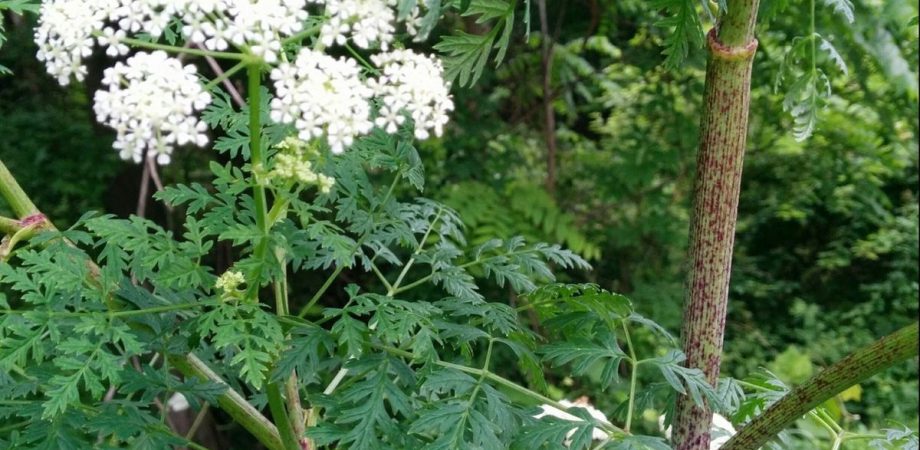
The invasive plant is spreading throughout the country, and with it, concerns about its severe risks. Poison hemlock is toxic to humans and animals, resulting in external blisters from skin contact and life-threatening respiratory failure if inhaled or ingested.
Not only is the plant extremely dangerous, but it’s also easily mistaken for a nontoxic look-alike: Queen Anne’s Lace. Both species belong to the same family: carrots, celery, and parsley. These familiar plants have similar features, and Queen Anne’s Lace is even known as “wild carrot” for its edible roots. The edibility of poison hemlock’s close relatives makes its toxicity even more alarming. We must know how to identify the toxic plant from its harmless doppelganger.
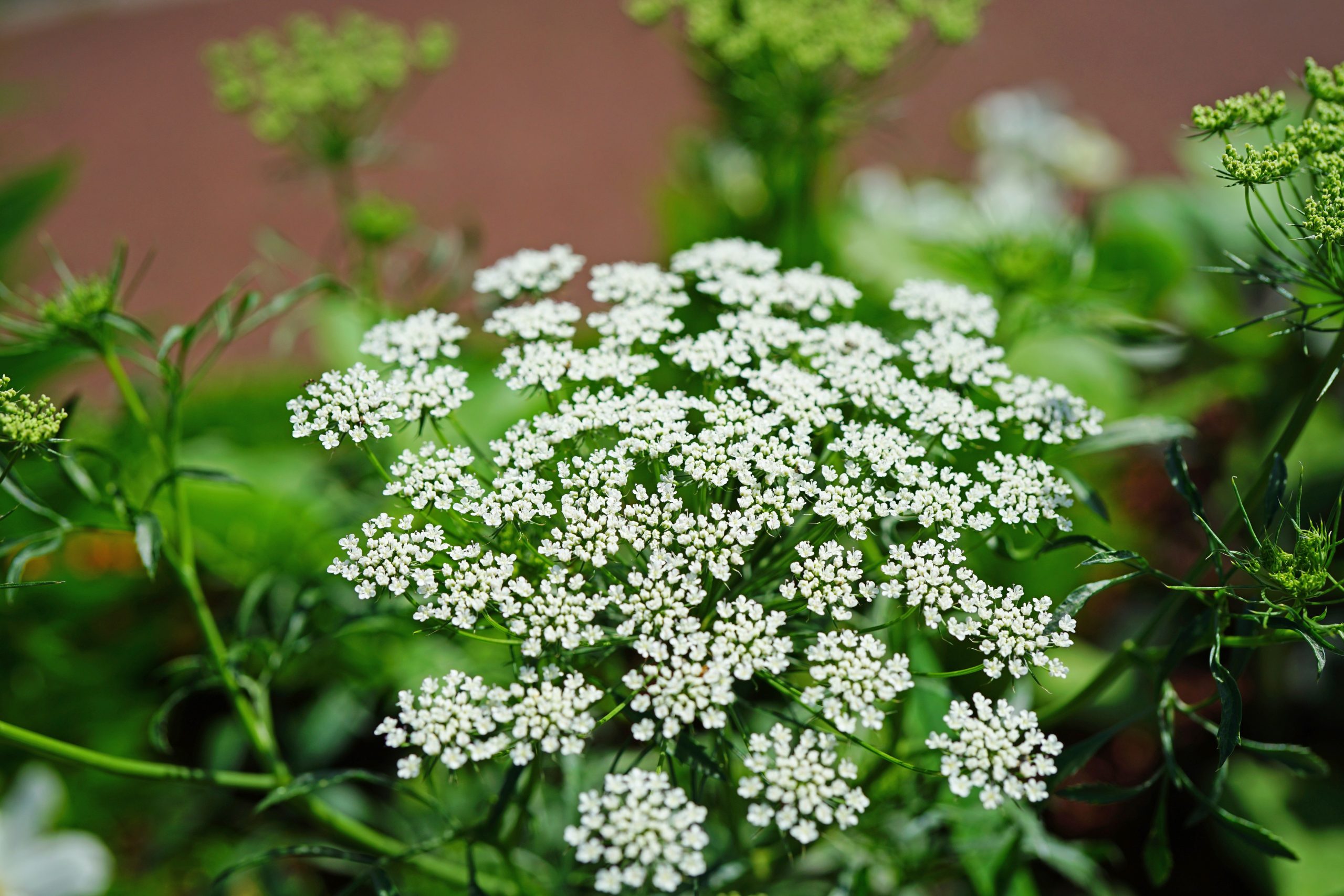

The good news is that several distinct features of poison hemlock make it possible to tell it apart from Queen Anne’s Lace if you know to look for them.
The most apparent difference between the two plants is their height. Poison hemlock grows much taller than Queen Anne’s Lace and appears earlier in the year. While Queen Anne’s Lace doesn’t grow much taller than three feet, poison hemlock can grow to ten feet tall.
Another distinction between the two plants is their stems. Poison hemlock stems are smooth, while Queen Anne’s Lace stems are covered with tiny hairs.
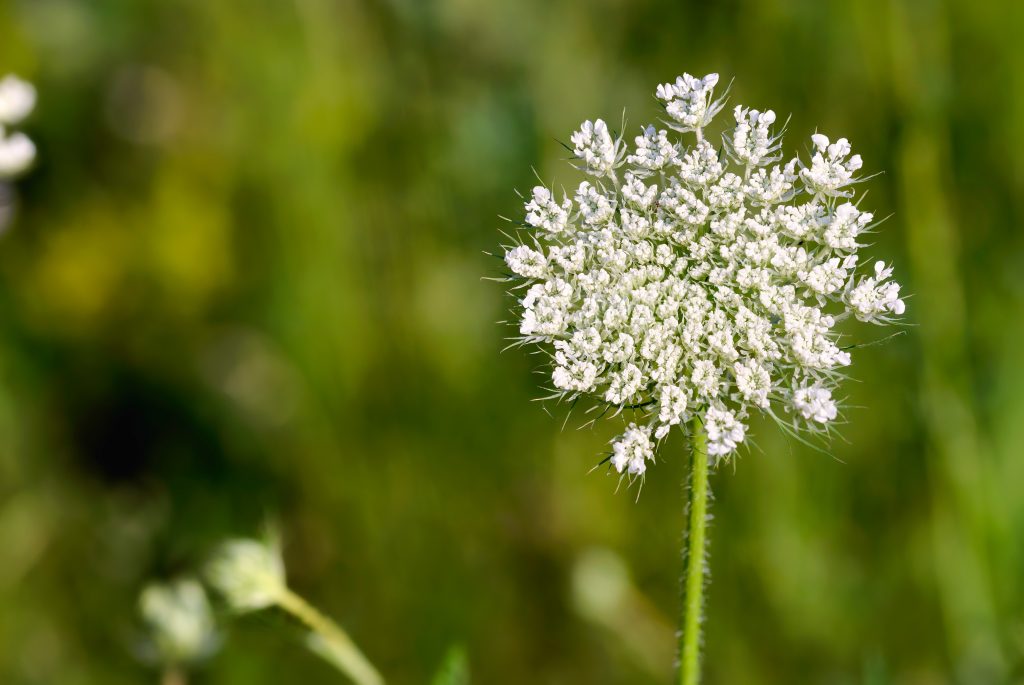
Poison hemlock also has dark purplish splotches on its stem, whereas Queen Anne’s Lace has a solid green stem.
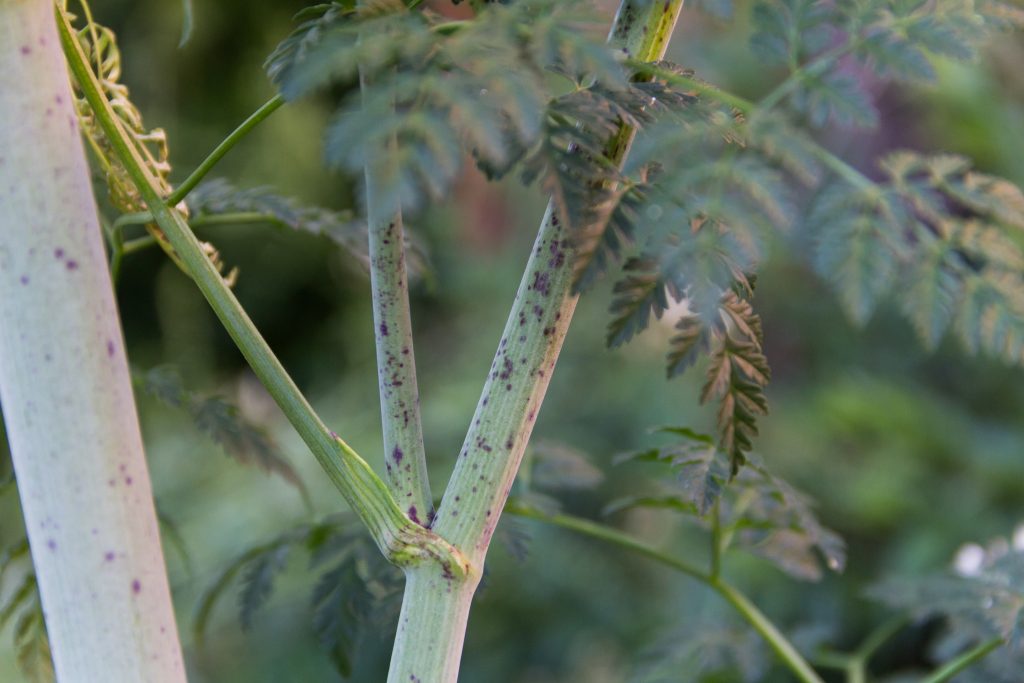
Like its stem, the leaves of Queen Anne’s Lace are hairy, as opposed to the smooth leaves of the poison hemlock plant.
You can also see a difference in the shape of the flower clusters on each plant. While both have small white flowers that form umbrella-like structures, they have a more rounded shape on poison hemlock than their flat or even concave shape on Queen Anne’s Lace.
Additionally, Queen Anne’s Lace has bracts, which are leaf-like structures underneath its flowerhead, that poison hemlock does not. As the flowers mature, the heads close tightly and look similar to a bird’s nest.
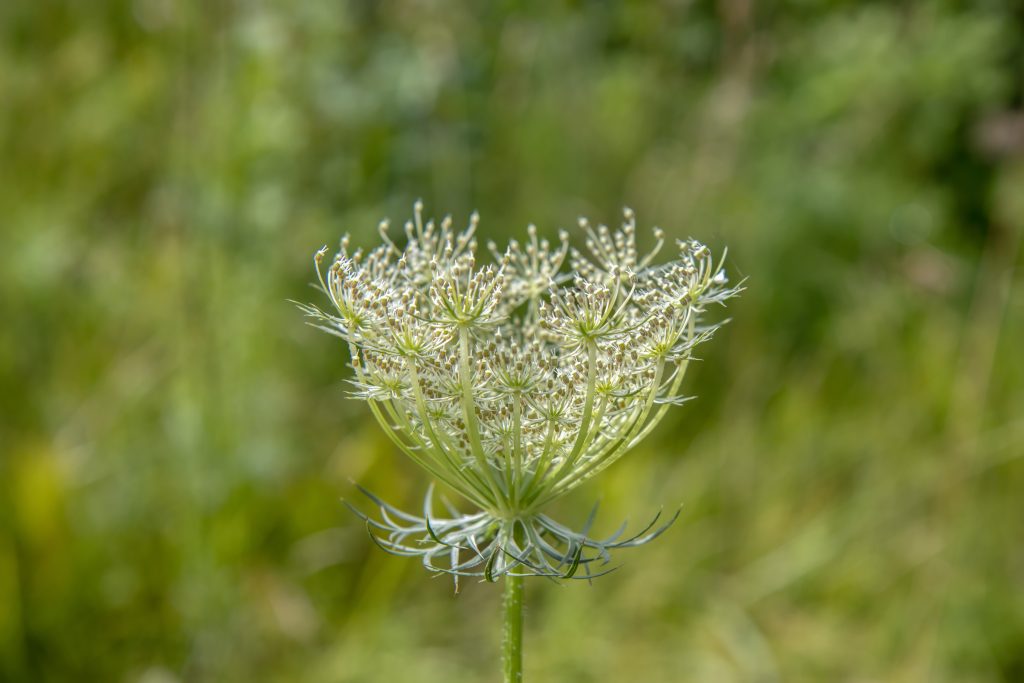
Now that you know what to look for, you’re prepared to protect yourself and your neighbors from the dangers of poison hemlock. If you find the plant, avoid touching, mowing, or trimming it. Instead, use an herbicide, such as ArmorTech 4-Runner or Sure Power from Nufarm, to manage the threat safely. Keep in mind that fall and spring are the best times to treat poison hemlock. As always, contact your ATS sales representative with any questions about control options.







